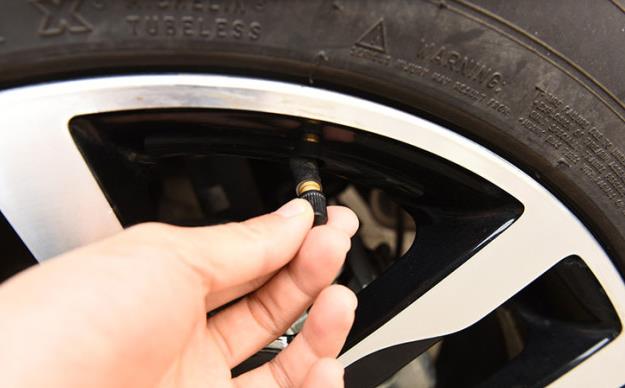Common Maintenance Every Vehicle Needs
As we have promised in the beginning of this article, we’re going to be presenting to you a very comprehensive guide on how to properly maintain your car. We’ve collected about 20 basic car maintenance tips for you to observe and hopefully adhere to. While these tips are intended to make your life a lot easier as a vehicle owner, we really cannot emphasize enough the importance of reading the owner’s manual.
To start off with our list, we’ll take a look at two of the most basic prerequisites to vehicle maintenance.
1. Inspect your vehicle on a regular basis
Performing the activities in your car maintenance checklist is quite easy. As we have already mentioned, the owner’s manual contains everything, including how you can perform a variety of basic car maintenance. More importantly, you will also know when you should perform these inspections.
As much as possible, you have to perform the inspection yourself. This is just the simple process of assessing the different parts and components of your vehicle so that you will know what you need to do next. If the required action can be accomplished by you, then you’re performing basic car maintenance. If it requires some advanced tools or even extra pair of hands, then maybe bringing it to a professional will help.
Performing an inspection is quite easy especially if you know what things you need to look for. Again, your owner’s manual can give you an idea of what to look for. This way, if something looks amiss, then you can take note of this and have a professional either confirm it or dismiss it as normal. Either way, the mere fact that you’ll be poking your nose around your car will greatly increase your knowledge of the different parts that make it such a wonderful machine.
2. Learn the meaning of different warning light indicators
Modern cars have sophisticated sensors and warning systems that notify you that something is amiss. Even with meticulous inspections and maintenance, it is inadvertent that you’ll be able to cover all of them. That is why, as part of basic car maintenance, you need to learn the meaning of the different warning light indicators that flash on your instrument panel. Here are some of them.
Check engine light – This typically indicates a problem in the various components of your car’s motor that has sensors connected to and actively monitored by an OBD-II interface. There are more than 4,000 OBD-II codes that have their respective meanings. If this indicator light comes on, you might want to use an OBD2 scanner tool or have a technician do it for you.
Service engine light – This is an indicator light that will usually tell you you’re nearing a scheduled maintenance. It may come in various prints like “service”, “maint reqd”, or “service engine”. You can check your manual for the exact meaning of this indicator light.
Electrical fault light – If this stays lit even after the car’s self-test, it simply means that your car’s electrical charging system has some issues that need to be assessed further. More often than not, an issue in the alternator will be at fault.
Brake warning light – There are many reasons why this will suddenly flash on your instrument panel. It could be that your parking brakes are engaged or that your brake fluid levels need topping up. It can mean other things so your best bet is to check with your manual.
ABS warning light – If this flashes, you’d better bring it to the nearest automotive shop for proper diagnosis. Anti-lock braking systems keep your car stable and controllable in sudden stop situations. Special tools are necessary to find out what’s wrong.
Coolant warning light – You know what this means. Your engine is overheating. Pull over, open your hood, and just allow it to cool down. Do not ever attempt to open the radiator cap as the cooling system is actually highly pressurized. Do so when the engine has already cooled down.
Oil warning light – This typically flashes if the oil pressure in your engine it too low. Don’t ever attempt to drive your vehicle with this warning light on as it can severely if not totally damage your engine. This warning light can be set off by low oil levels, oil pump failure, or even oil filter or oil strainer blockage

Wheels and Tires
3. Check tire pressures
One of the things that impact fuel economy is tire pressure. It also affects comfort and handling. Your owner’s manual will have the recommended tire pressure for your vehicle. There are also gadgets and simple tools you can use to check the tire pressure. Ideally, this should be done on a weekly basis, although making it part of your daily routine won’t hurt. Some cars have tire pressure monitoring systems installed from the factory. There are also smart gadgets that connect with mobile devices that constantly monitor tire pressure and send out notifications in case one or more tires need some air.
























